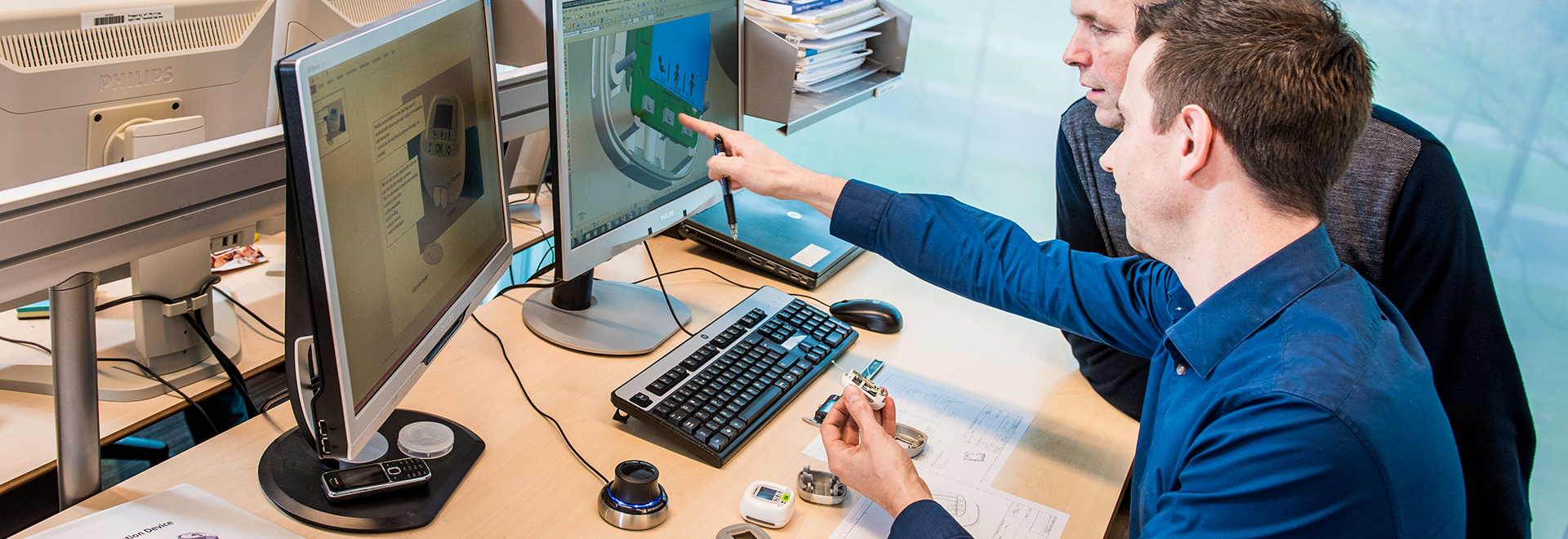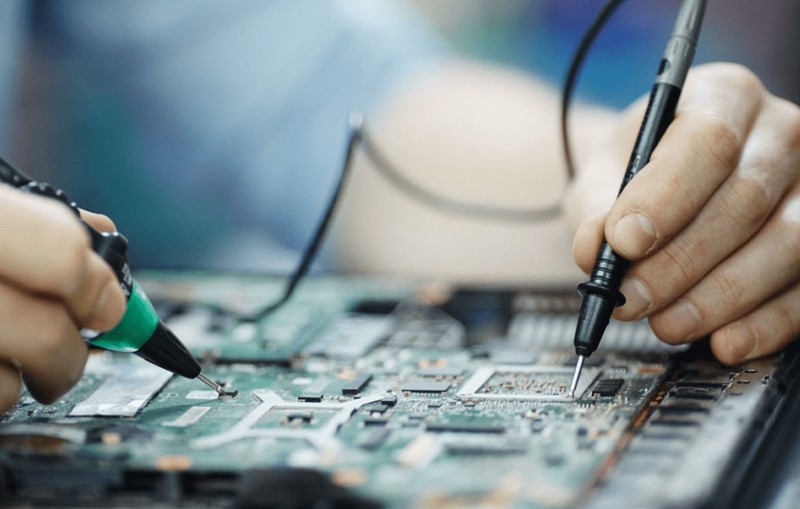Quicken the Time to Market of Your Electronic Hardware Products with These Tips and Resources
Without adequate risk management, the development of a new hardware product might extend the project’s timeline, postpone the product’s release, and rack up significant expenses for the business.
These risks can be mitigated by large corporations due to their experience, connections, resources, and manpower, but startups and solopreneurs don’t have that luxury. This post will provide some advice and resources that may help you stay on track with your project’s development so that you don’t have to start from scratch. Check out John Teel’s entire guide to creating electronic products if you’re new to the product development process.
However, some fairly conventional wisdom exists and can be employed to guarantee that most of the eventualities on the path to product development are well planned for, despite the fact that there is no one-size-fits-all method to mitigating the risks given by uncertainties due to differences in the type of goods and their requirements. In order to make our evaluation clear, we will divide it up into four sections.
- User Research
- Mitigating Risks During Design and Engineering
- Manufacturing and Establishing Relationships
- Certifications
User Research
While user research is an ongoing process, you must have a thorough consultation with potential users and an understanding of all the fundamental features needed before you start working on getting the initial version of your product to market.
It’s vital to remember that in this context, “users” might refer to anyone from regulators to possible sales channels.
While the first iteration of your product need not include “killer” and awesome features, it must include features that make it acceptable to people in the target category; failing to do so before development begins could result in the need for unnecessary tweaks down the road.
Creating a product requirement document is the typical next step, either in tandem with or after user research. Details on the product’s intended functionality, design, and distribution strategy should all be included in the product requirement document. Historically, this document has been fairly lengthy and detailed in order to serve as a reference for programmers and engineers. If these are in place, designers will be better able to communicate their vision for the product and make well-informed decisions throughout the design process.I’ve included a sample product requirement document that I’ve used successfully in the past:
Mitigating Risks During Design and Engineering
More time is lost during the design phase than any other part of the product development process, second only to Manufacturing. In order to keep things simple, I’ll go over the many issues and suggestions associated with this area one by one (in no particular sequence).
Spend more time sharpening the ax than cutting:
It is recommended to perform a predesign of the project before choosing the components to be used. Create product-specific criteria for choosing critical components (such as price, power consumption, input/output support, and so on). Use the online recommendation tools given by several component makers to help you choose the right microcontroller, IC, sensor, and so on for your project. The following articles may also be helpful in your research for the upcoming selection.
Leverage on Reference Designs:
This is the main purpose of reference designs; they allow developers to cut down on time spent on design. Manufacturers of electronic components, such as microcontrollers, ordinary ICs, and sensors, often give reference designs that feature schematics, source codes (if appropriate), and example applications/use cases. All of this could speed up the process of determining where and how each part should be used.
Design for Manufacturing:
Startups sometimes create prototypes without thinking about the time, cost, technical complexity, practicality, or availability of the components needed for mass production because of the pressing need to test a large number of ideas early on.

As the project nears manufacture, the faults become apparent, and the requirement to switch components A or make changes to B could create delays in the product launch, both of which are unaffordable for a startup with limited resources. Startups and individuals can take these precautions by;
- Prototype using evaluation kits and breakouts boards of the major components that will be used in mass production.
- Use components with a large ecosystem of potential replacements
- Understand the capacity of your proposed manufacturers, and the specifications they work with.
Leverage on Design Automation/Assistance Tools:
More and more design automation tools are being created, and they make use of technologies like rule engines, AI, and others. While the features of these programs vary, they may all help you get your product to market faster. Yes, you must admit While it would be impractical to mention all of them here, two that I’ve recently enjoyed using are InspectAR and Circuit-Tree.
Simply enter your project specifications and choose the components you’d want to utilize, and Circuit-tree will generate Schematics and PCBs for you. The tool is still in its early stages, but it has the potential to be extremely helpful for teams whose founders are aiming to speed up the electronics design process while reducing costs.
Manufacturing and Related Relationships
Most of the problems that emerge during production for new businesses are due to insufficient preparation before or during the design phase. They take a poor “cart before the horse” strategy by not contacting manufacturers and suppliers until after the product has already been designed. You should make an attempt to create supply chain relationships for the essential components you will be employing as soon as possible after completing your user research and pre-design (better yet, during it), and you should also identify potential manufacturers, who should have experience with similar products.
You can learn a lot about the potential design of your product and the specifications of the machines and other equipment used by the manufacturers you’ve identified early on by having casual discussions (protect your IP) with them about the products they make.
Having these talks early on is crucial for effective supply chain management and component sourcing. Many production delays have occurred in the past when essential materials were unavailable. There are also cases where manufacturers announce they would no longer produce a given component just weeks or months before it is needed in production, hence increasing the price due to its scarcity.
To mitigate these risks and keep your product development plans on track, startups and individuals could;
- Ensure there is someone on the team with experience around manufacturing a similar product. This could be a core member of the team or a consultant.
- Establish relationships (casual, if you like) with potential manufacturers early.
- Bring on a supply chain expert. Inhouse or consultant.
- For first-time hardware founders, talk to as many people in that space as possible. By leveraging on their experience, you will most likely save yourself thousands of dollars in time and mistakes.
Certification
The certification process is one of the most time-consuming and complex aspects of releasing a new piece of hardware. There are specific commercial rights and validation processes that must be met before a standard product can be marketed in a standard market. No clue about the legalities of commerce (I’m only an engineer, after all), but one way to lessen anxiety over certification exams is to make use of already-verified modules and parts.
This would not only lessen the likelihood of failing the tests, but also the cost and complexity of building the necessary modules to ensure compliance with the requirements.
Instead of creating your own electronic components, you may opt to use some off-the-shelf parts instead. Creating a unique charger, for instance, can cause certification issues that can be avoided by designing your device to work with standard, commercially available USB chargers.My EMI/EMC article provides more details on the certification process.
In conclusion, it is nearly difficult to completely prevent challenges that could damage your product’s timetable. However, there are a number of things you can do to lessen the likelihood of this happening. The recommendations in this article are not set in stone and may change from one product to the next.








